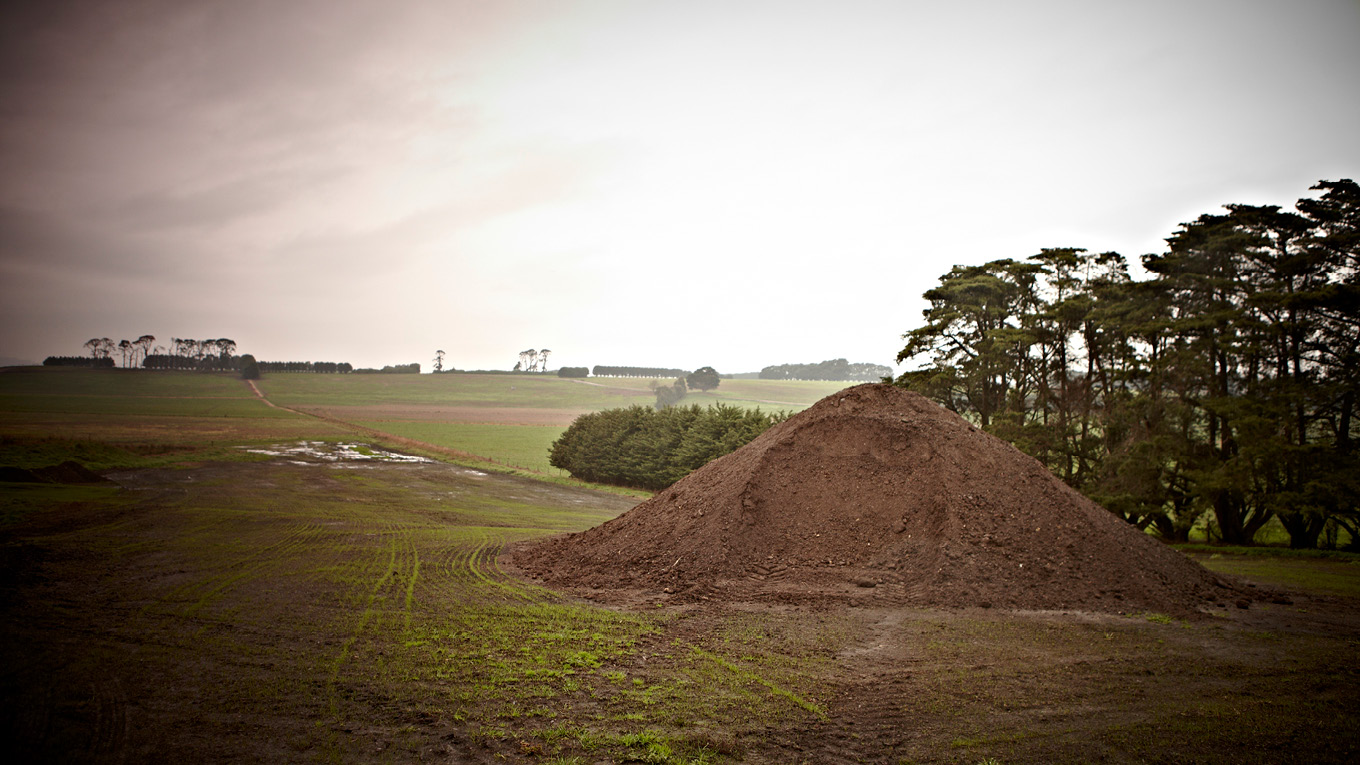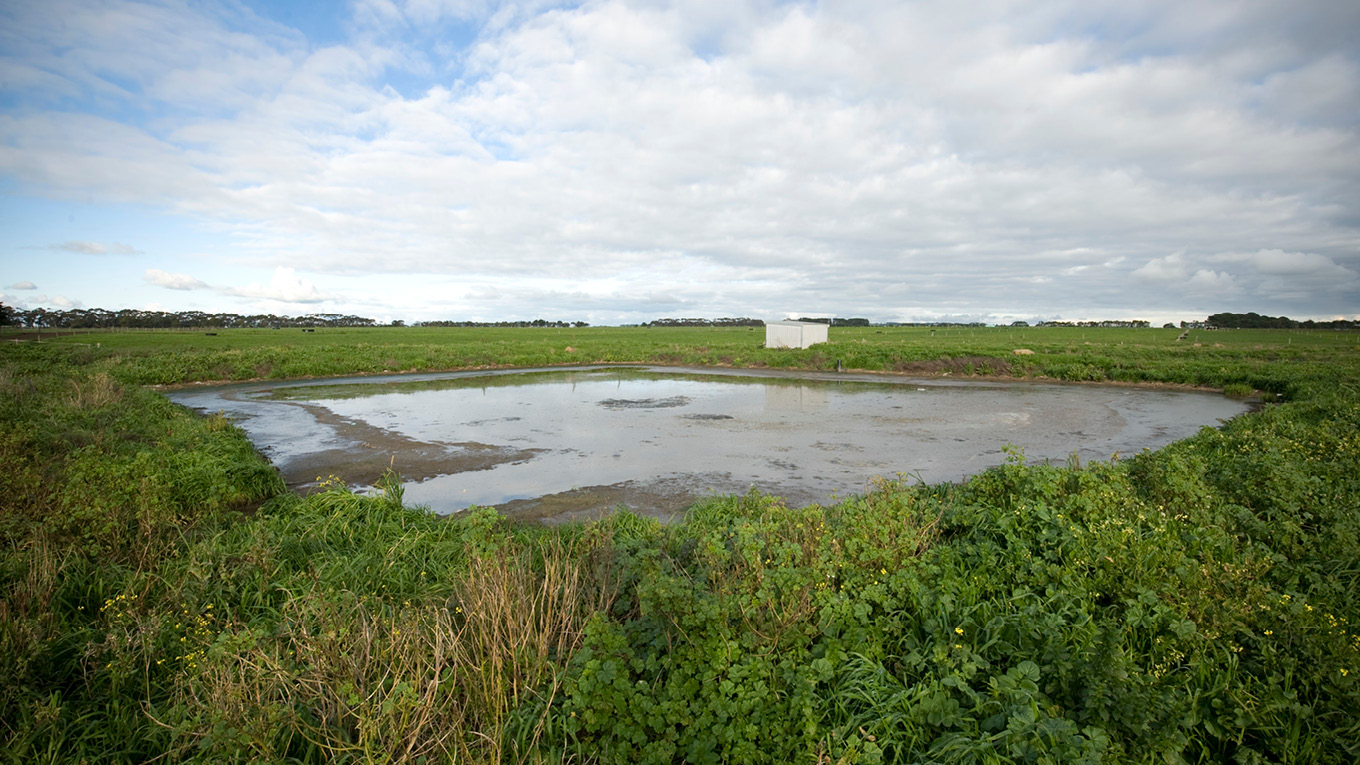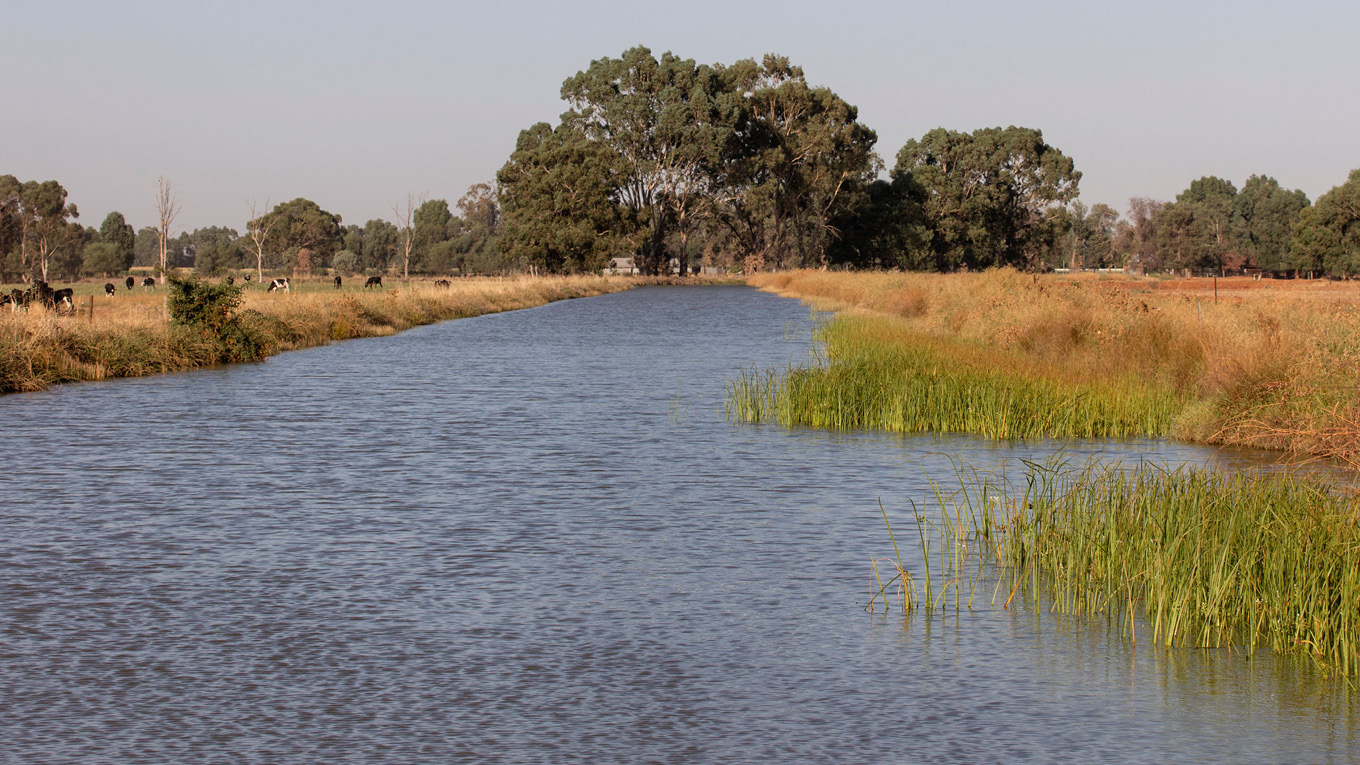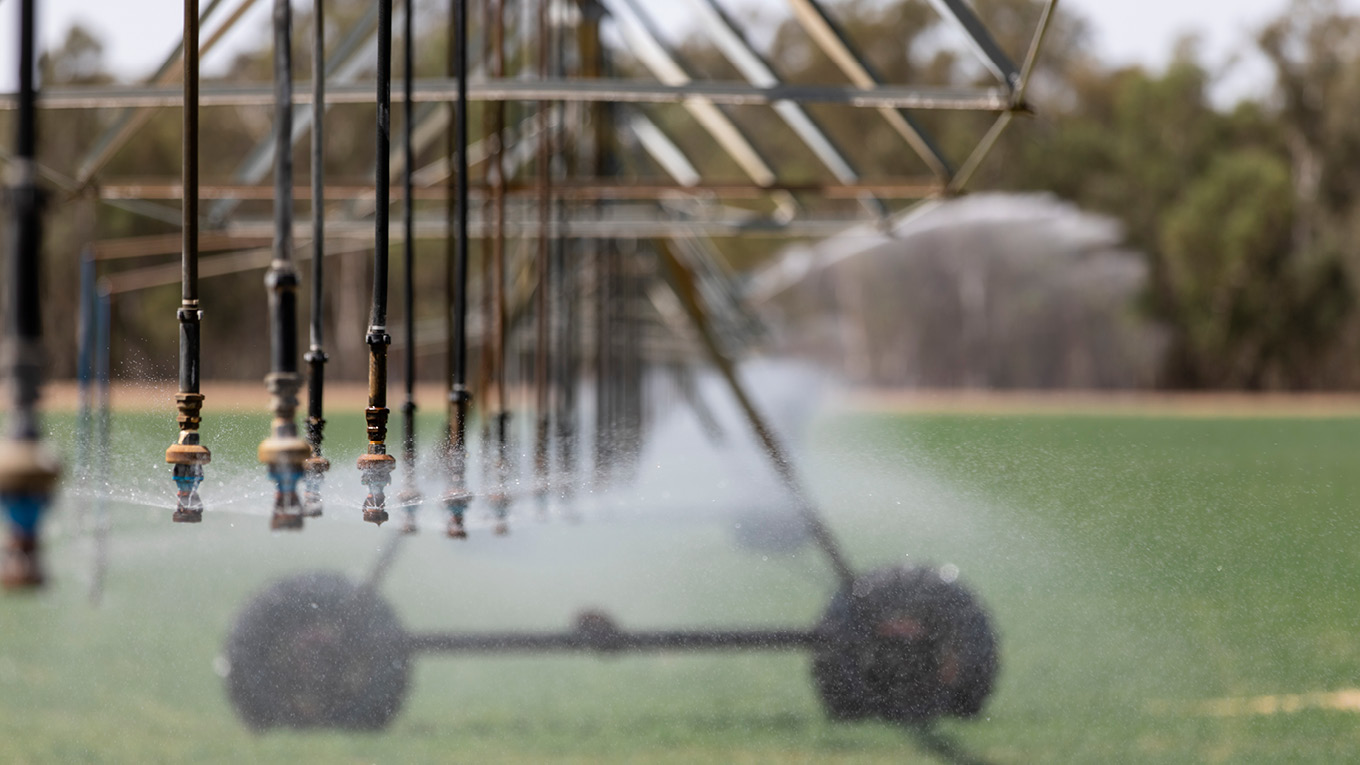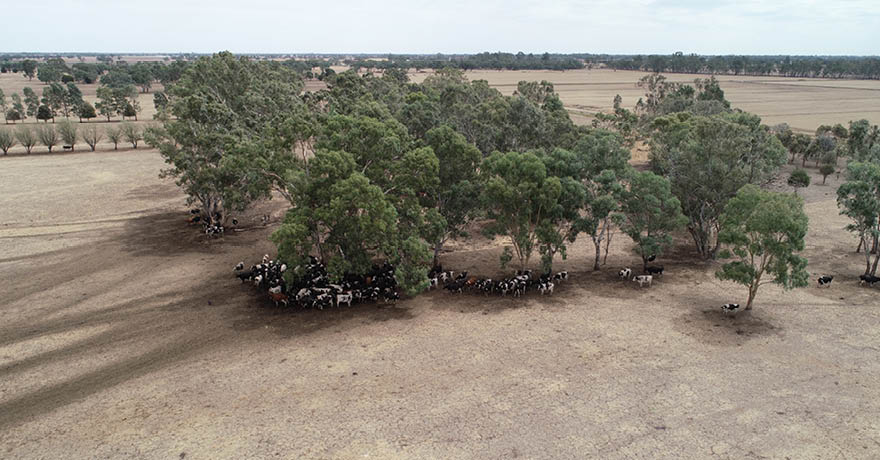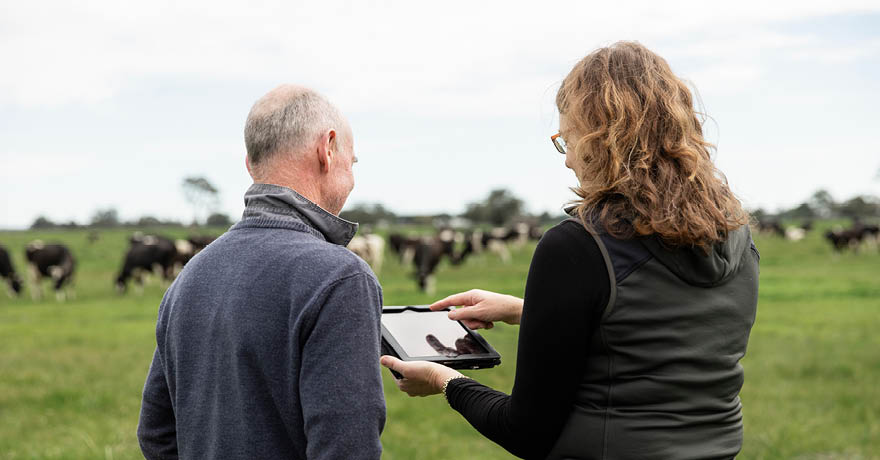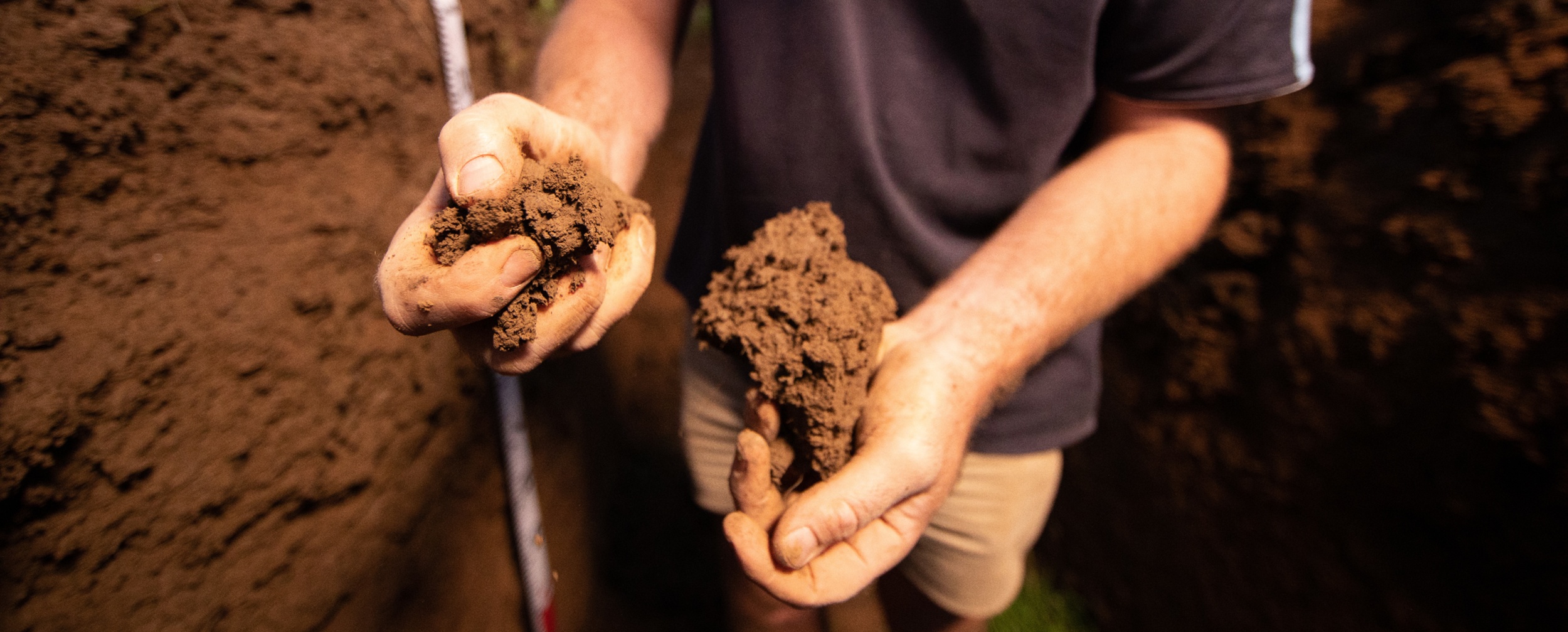
Soils & Water
Dairy Australia helps with managing climate and environment by delivering initiatives for efficiency of dairy farm inputs. This includes effective practices for improving soil quality and water usage and supply.
Information and resources support dairy farmers across all areas of soil, effluent, water and irrigation management. Discover more below.
